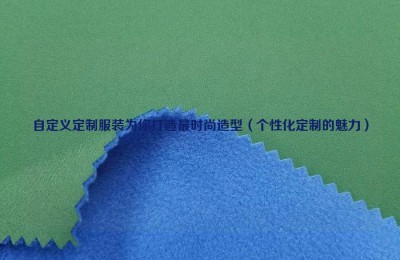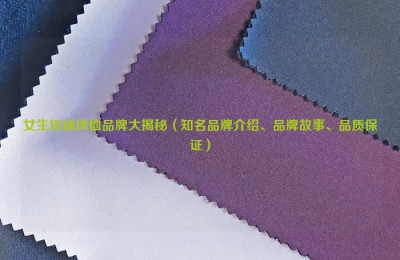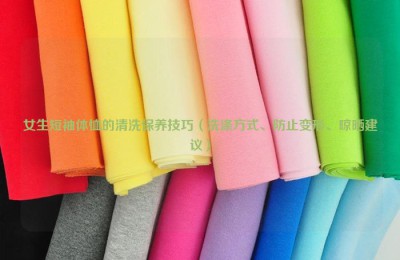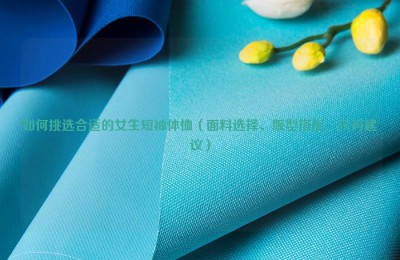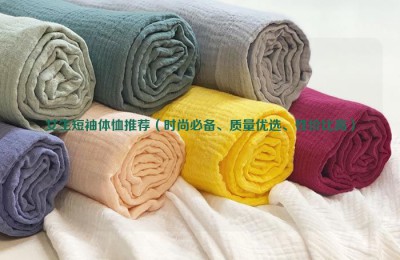1. Characteristics and development trends of far-infrared health-care fabrics
(1) Characteristics of far-infrared health-care fabrics
The creativity of far-infrared fabrics came from the whims of the Japanese ceramic industry, thus starting the development of textiles and far-infrared substances. The combination has brought far-infrared fabrics to the historical stage of textile development. Ceramic companies provide fine ceramic powder to the textile industry, and textile companies have achieved effective integration with this new concept by relying on traditional textile technology. Ceramic powder has an active heat preservation function that absorbs far-infrared rays from the outside world and radiates far-infrared rays to the human body. The fabric has the functions of promoting blood circulation, regulating metabolism, reducing the degree of association of water molecules, and improving cell activity. At the same time, some far-infrared substances also have the health-care functions of absorbing ultraviolet rays, antibacterial, and deodorizing.
Development Trend of Far-Infrared Fabrics
(2)
1. Development towards high functional efficiency The key to developing far-infrared fabrics is how to make the final product have efficient far-infrared radiation. One trend is to find new high-efficiency far-infrared radiation materials, and the other trend is to obtain high-efficiency far-infrared radiation rates through the matching of different far-infrared materials. By mixing two or more far-infrared powders together, or sintering at high temperatures and then crushing them into fine powder for spinning or post-finishing, the shortcomings of a single ceramic powder can be overcome to varying degrees and its far-infrared radiation rate can be improved.
2. Development towards new functions Traditional far-infrared textiles usually use fabric or spinning solution as the base material, and add far-infrared radiation substances. Now we are developing in the direction of breaking through this pattern and developing new technological growth points on the basis of far-infrared. For example, some rare radioactive element ore powder can be mixed into the product to produce a negative ion effect. This new type of far-infrared fabric will be a direction for the development of far-infrared textiles.
3. Development towards functional compounding People’s requirement for a new product is no longer just to have a single function, but to have compounded functions. In order to meet various consumer needs, far-infrared powder and other functional preparations are added to the spinning solution or finishing agent at the same time. For example, far-infrared substances and various functional preparations such as flame retardants, antibacterial agents, deodorants, and insect repellents are compounded and attached to fabrics, making the products have a wider range of health care functions.
2. The health care mechanism of far-infrared fabrics
(1) The mechanism of far-infrared substances insulating the human body
Far-infrared substances absorb far-infrared rays in sunlight and convert them into their own heat energy storage stand up. According to Kirchhoff’s law and Stephan-Boltzmann’s law, a good absorber is also a good radiator. Objects with a temperature higher than absolute zero can continuously radiate energy. Therefore, far-infrared substances not only strongly absorb far-infrared rays in sunlight, but also actively radiate far-infrared rays outwards. The human body is also a sensitive substance to far-infrared rays and has a strong absorption effect on far-infrared rays. When human skin encounters far-infrared rays radiated by far-infrared substances, a situation similar to resonance motion in vibrationology will occur, absorbing far-infrared rays and further intensifying the motion. Converted into its own heat energy, the temperature of the skin surface increases accordingly. In this way, the far-infrared fabric achieves a positive thermal insulation effect through far-infrared substances. The thermal insulation mechanism of far-infrared fabric can be seen intuitively from the figure below.
(2) The health care mechanism of far-infrared fabric
According to biomedical research, the human blood circulation system, as an important part of the human body, is responsible for transporting oxygen and nutrients to various organs of the human body, and taking away waste. important task. Therefore, keeping the body’s blood circulation system smooth is an important factor in maintaining human health.
Increased blood viscosity slows down blood flow and can cause many adverse consequences to the human body. Due to poor blood circulation and insufficient blood supply, symptoms include limb pain, varicose veins, gangrene, etc. Maintaining blood viscosity at an appropriate level and preventing blood viscosity from increasing is a very important aspect to ensure smooth blood flow and prevent thrombosis.
Far-infrared fabric uses the frequency of far-infrared rays to be consistent with the vibration frequency between molecules and atoms that make up biological cells. When far-infrared rays act on the skin, its energy is easily absorbed by biological cells, causing the vibrations within the molecules to increase. , activate tissue cells to cause temperature increase, blood vessel dilation, lower blood viscosity, accelerate blood circulation, especially microcirculation, and supply appropriate oxygen and nutrients to human organs and tissues in a timely manner. Strengthen the regeneration ability of cells, accelerate the excretion of harmful substances from the body, and promote metabolism. In addition, infrared radiation can also cause resonance absorption effects on biological molecules. Under the action of infrared light, the molecular energy levels of objects are excited and placed at higher vibrational energy levels, which improves the activity of biological macromolecules such as nucleic acids and proteins. , thereby exerting its function of regulating body metabolism, immunity and other activities.
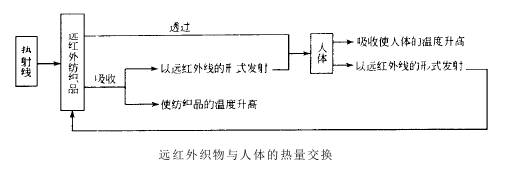
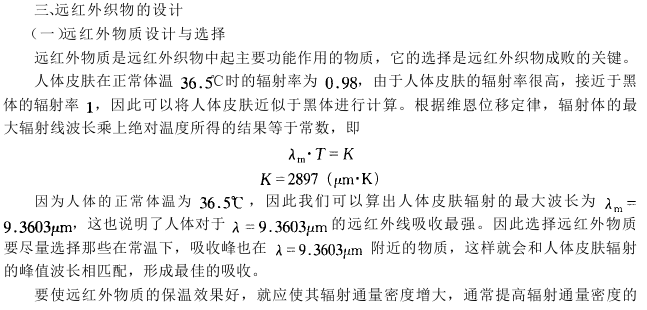
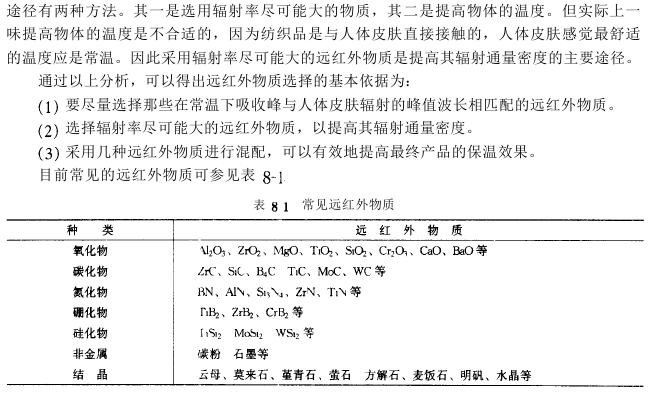

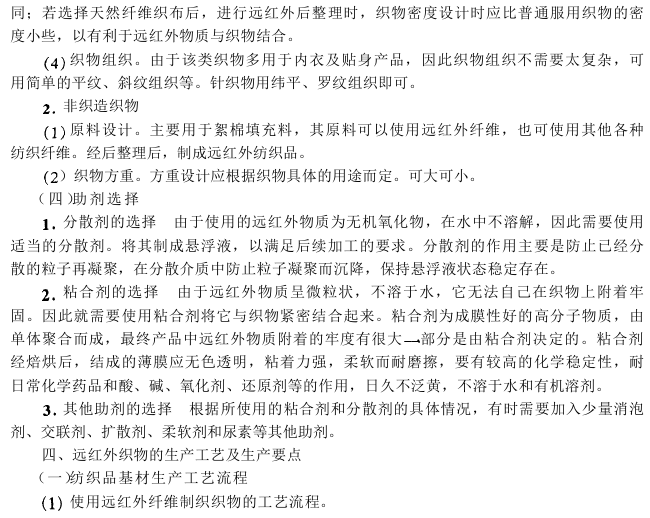
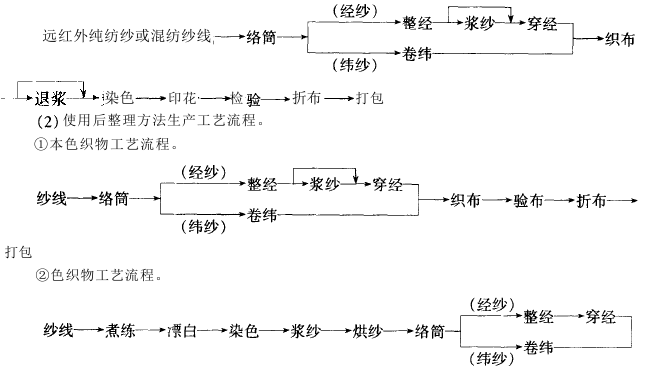
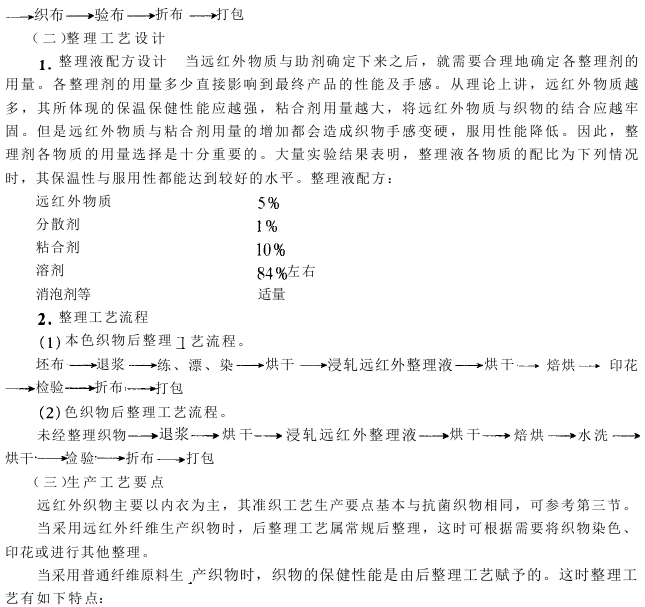
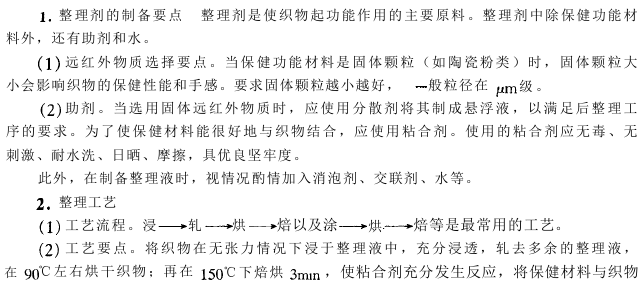

AAAJH. LK‘PO[IUYUKT


